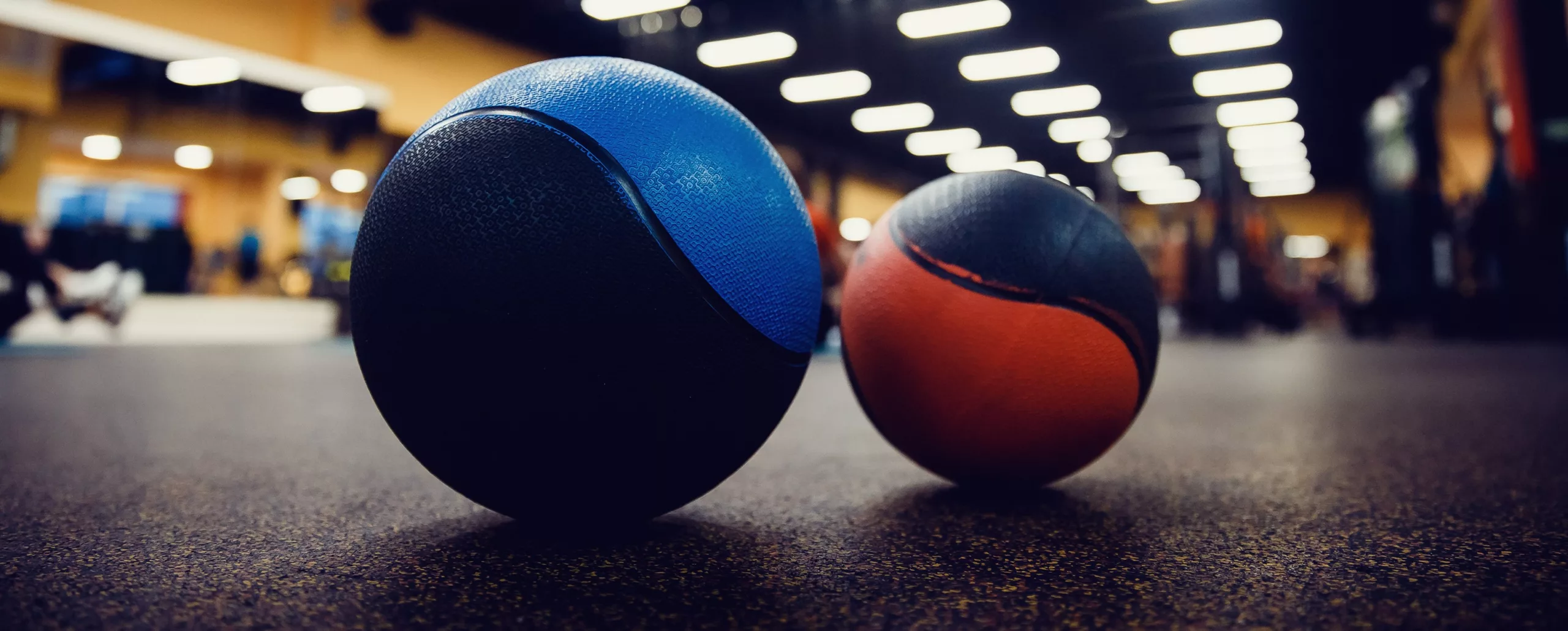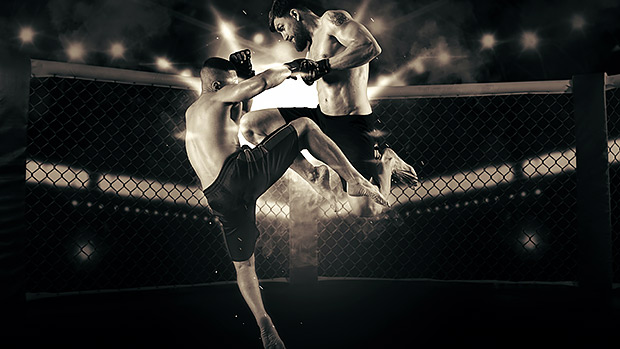Kenny Croxdale
Level 7 Valued Member
Inverse Relationshipevery kettlebell swing program has someone able to do 10+ swings, often even with the heaviest weights that could go for 30 seconds or more,
As the time or number or repetition in a movement goes up there is decrease in force production: a decrease in Power and Strength.
Research and anectodal data have demonstrated that.
See Saw
Think of time and repetition being on one side of a See Saw and Strength, Power and Speed on the other end.
Wnen time or repetition go up, Strength, Power and Speed go down.
When time and repetition down, Strength, Power and Speed go up.
Strength, Power and Speed
All three of these Strengths fall into the Phosphagen (ATP) Energy System.
ATP is expended in 10 - 15 seconds, usually less. When that occurs, force production in all three of these Strength drops like a rock.
Repetitions
All three of these Strength utilizes that same Guidlines.
Repetition of 5 or less per set are the Guidlines for Maximum Strength, Power and Speed Training due that ATP Muscle Depletion.
The Difference In Training Percentages
1) Maximum Strength Training: 85% of 1 Repetition Max
2) Power
a) Traditional Strength Training Power Movements: 48-62% of 1 Reptition Max.
b) Olympic Lift Movements: 70-80% of 1 Repetition Max.
3) Speed Training; 10-40% of 1 Repetition Max with approximately 30% being the Sweet Spot.
10 Repetition Per Set or 30 Second Or More
The first few repetition, around 3, are going to produce the greatest Power Output.
The first 10 seconds or less of a movement are going to produce the great Power Output.
Power Output drops with each repetiton past the third Repetition or past 10 seconds.
The Fast Twitch Muscle Fiber
The Fast Twich Fiber are not longer firing, being trained nor developed when repetitions or time extend beyond the above limits.
There is a shift from Fast Twitch Muscle Fiber firing to Slow Twitch Muscle Fiber.
There is a shift from Power and Strength Development to Endurance Development.
Presuming a trainee starts out somewhat lean, kettlebells are not going to change anyone's body weight as significantly as a barbell 1RM could change with years of dedicated training.
Gaining Body Weight
Gaining weight will occur with Kettlebells as well as Barbells, any type of Resistance Training, as long a well written and applied Hypertrophy Training Program is adheared to.
I wonder if it is just a lack of study with kettlebells relative to barbells.
That might be part of it.
It would be my suspicion that kettlebell ballistics would have the same benefits and training methods as barbell ballistics, presuming the same goals.
Kettlebell Swings Misnomer
Keettlebell Swing are a Quzi-Ballistic Movement.
Ballistic Training invoves an object or the body going airborne.
What Is Ballistic Training?

Ballistic Training
Ballistic training is an effective training method to improve an athlete's power output, and therefore, their speed and jump height.
"The term ballistic refers to a method of training, where the athletes’ body or an external object is explosively projected into a flight phase [31] and can, therefore, include exercises such as jumps, throws, or strikes."
Plyometric Bench Press Training
Plyometric bench training for 1rm increases
I am very interested in this. When I plateau with linear progression, I plan on using chains, bands, and stick-weights/small-weights to break over. But I also was thinking of plyometric stuff. I really like the medicine ball drops in the article below. Has anyone done these or similar...
 www.elitefitness.com
www.elitefitness.com
The National Strength and Conditioning Association's Basic Guidelines for the Resistance Training of Athletes states that "performing speed repetitions as fast as possible with light weights (e.g., 30-45% of 1RM) in exercises in which the bar is held on to and must be decelerated at the end of the joint's range of motion (e.g., bench press) to protect the joint does not produce power or speed training but rather teaches the body how to decelerate, or slow down. If the load can be released into the air (i.e., the bar can be let go at the end of the range of motion), the negative effects are eliminated.
The Same Applies To Kettlebell Swings
The same occurs when the Kettlebell is allowed to Foat (decelerate) in a Swing.
Power is developed in the limited range where accelertion occured, not druing the deceleration.
Or they would if the 1RM could be measured accurately.
Measuring Kettlebell Swing Power Output
As you mentioned, there is a wide gap in the Power Training in the Swing using a Percentage of Body Weight.
Using a Push Band most likely is a much better method of measuring and calulating the load percentage that would be the most effective.
Last edited:


